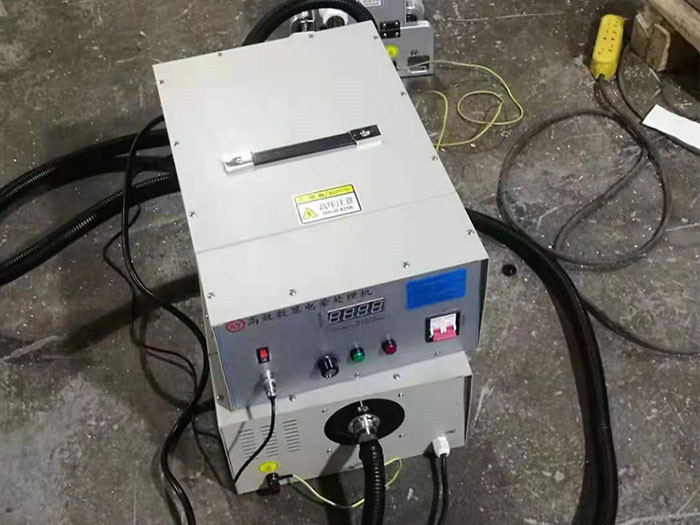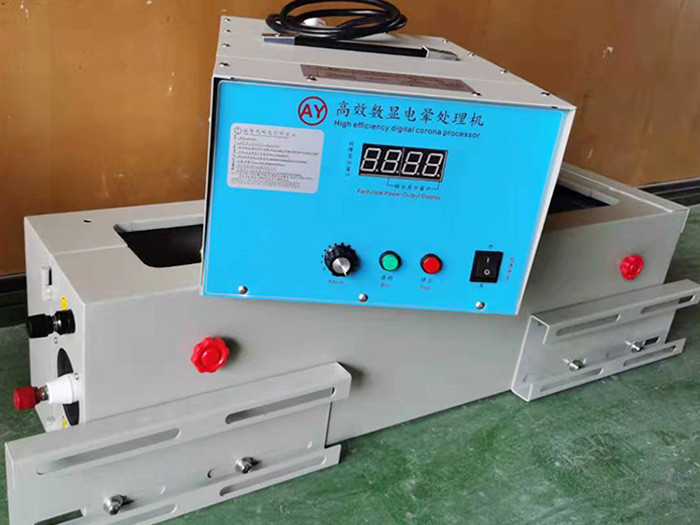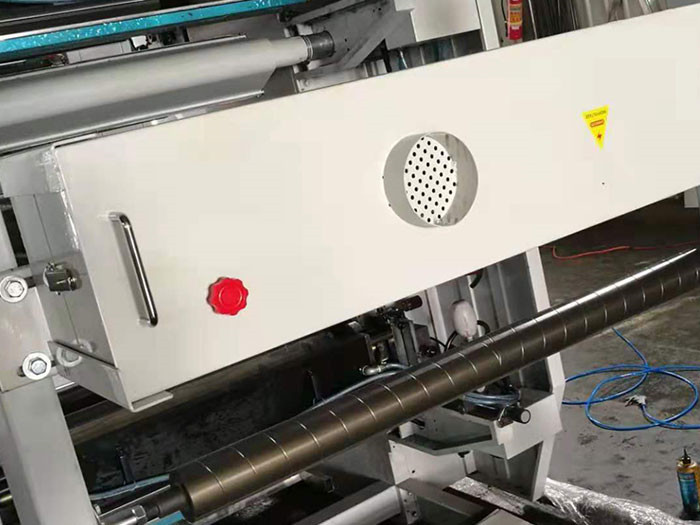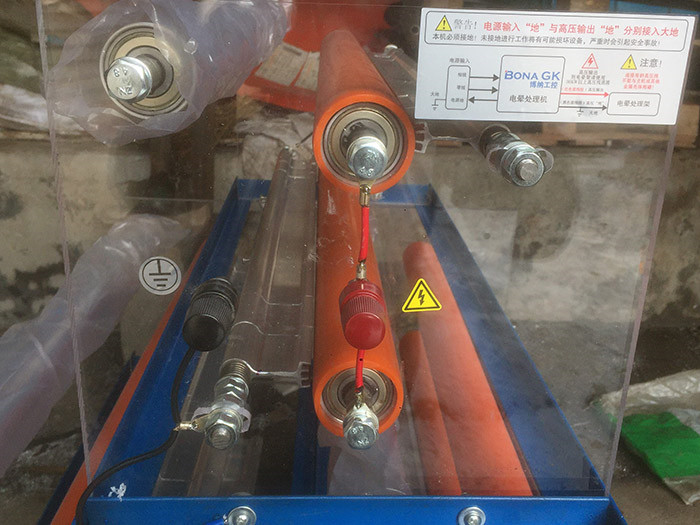Correct selection of corona generator:
Electronic surface polarization treatment equipment is also known as electronic impact machine, corona machine and electric spark machine. Electronic plastic surface polarization treatment is an essential process in the plastic printing industry before film blowing, compounding, coating, vacuum aluminum plating and plastic printing. Surface polarization treatment is also widely used in paper printing, printing and dyeing and cable manufacturing. Although the volume and value of surface polarization treatment equipment are "insignificant" compared with other mechanical equipment such as film blowing machine, printing press and compound machine, its quality assurance role in these process flows is well known by every production unit. It can be said that there is no modern plastic printing technology without electronic surface polarization treatment equipment. As the electronic surface polarization treatment equipment is an electronic equipment, there are many production units and a mixture of good and bad people. It is difficult to distinguish the advantages and disadvantages only by the self publicity of the manufacturer. When users choose electronic surface polarization treatment equipment, they do not know how to select and judge the technology and performance of various equipment. If it is identified with reference to the method described below, a satisfactory electronic surface polarization treatment equipment can be selected.
The third generation microprocessor-based electronic surface polarization treatment equipment can keep the power device in good working condition under various complex conditions because of its perfect software and hardware detection and control system. Therefore, it has a wide application range, and some equipment can work normally under the condition of AC120V ~ ac260v. In such a wide range, its energy conversion efficiency can be maintained at more than 95%. Adaptability of the host to the load change of the discharge rack. The discharge rack is the load of the host of electronic surface polarization treatment equipment. Its main structure changes little. It uses silicone rubber as the medium and is coated on the metal roller and discharged between the metal electrode. However, the structure, shape, length and discharge gap of metal electrode have a great influence on the working state of the host. When the electrical parameters of the host are certain, the larger the discharge area of the metal electrode, the greater the equivalent resistance and capacitance, that is, the heavier the load of the host. Therefore, changing the structure, shape, length and discharge gap of the metal electrode of the discharge frame will directly affect the working state of the host and reduce the energy conversion efficiency of the host. The consequences will increase the temperature rise of the host, reduce the service life, and even make the host unable to work and damaged. The adaptability of the host to the load change of the discharge rack reflects the control ability of the host. The load adaptability of the host of the first and second generation electronic surface polarization treatment equipment is poor. Generally, it can only be equipped with a single discharge rack according to the index requirements of the host. When using the metal electrode of the discharge rack, the discharge area is larger than that of the supporting discharge rack, which will increase the temperature rise of the host. If the discharge area is more than twice, the host may have too high temperature rise or damage. The third generation microprocessor-based electronic surface polarization treatment equipment has perfect software and hardware detection and control system, and has strong adaptability to load changes. It can generally adapt to discharge racks with various structures. Such as wire shaped metal electrode, fin shaped metal electrode, plane metal electrode, etc., even if the discharge area of the metal electrode is twice as large as that required by the host (i.e. twice the size of the discharge rack), the host can adapt without reducing its efficiency. For users, to check the adaptability of the host to the load change of the discharge rack, only use the discharge rack with different metal electrode structure (such as shape, size and length). First check whether the host can work normally, and then check the temperature rise of the host. That is, first let the host work for several hours and touch the temperature of the power device and its radiator in the equipment. After increasing the discharge area, the temperature rise of the main engine will increase slightly (3 ~ 5 degrees). If more is added, the adaptability is poor. If users choose electronic surface polarization treatment equipment according to the above methods, they will be able to choose equipment with satisfactory performance, reliable quality and long service life.






